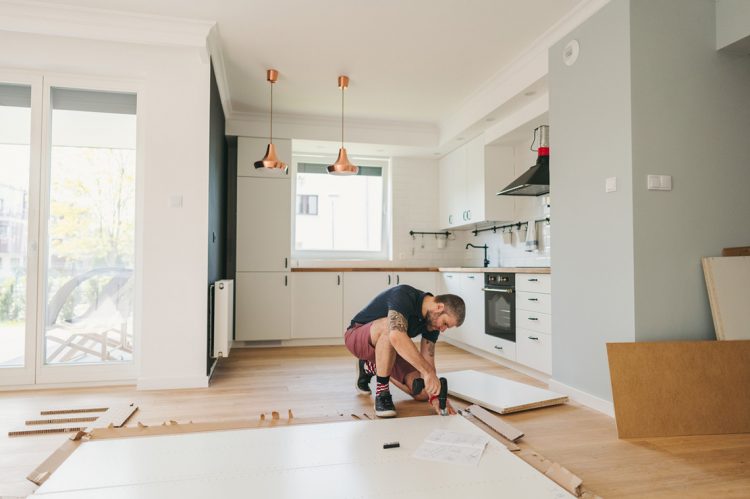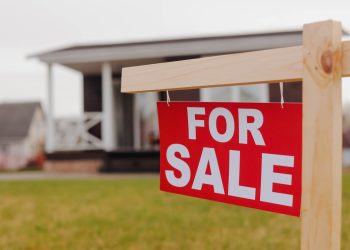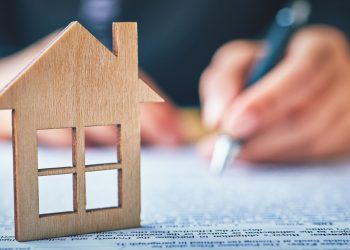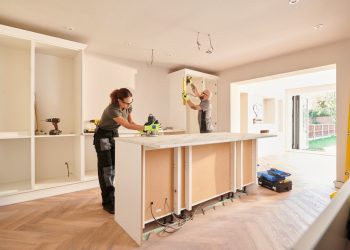92,422 single-family houses and condominiums were flipped in Q3 2022, which is 7.5% of all home sales (or one in 13 transactions), according to a new report from ATTOM.
Fact: Member Agents Win 60% More Listings.*
Homes.com gives Members massive amounts of exposure. Your contact info is always on your listings, and your listings are targeted and retargeted to interested buyers across the web. Join today!
*Based on internal analyses comparing Members to non-Members on Homes.com.
Business Tip of the Day provided by
Categories
The Most Important Real Estate News & Events
Click below to receive the latest real estate news and events directly to your inbox.
By signing up, you agree to our TOS and Privacy Policy.













